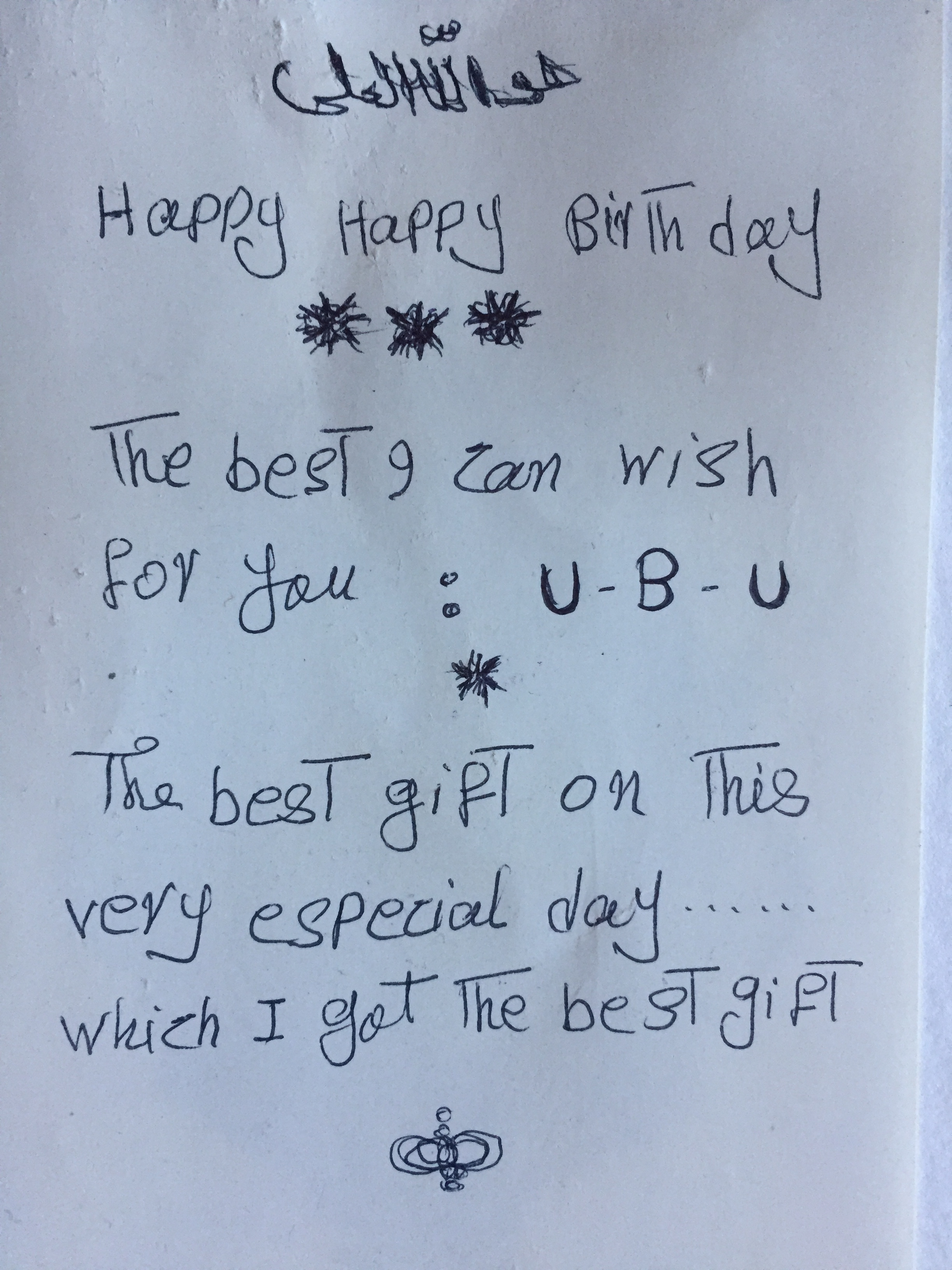Sahar Khoury
Q: I'm asking everyone this sort of question - what is your relationship to biennials/triennials etc.? Have you seen many of them? Have you been to many of the Bay Area Nows?
A: I like a compilation of artists that reflect a certain period of time from a place but I am not so sure how important it is that they be emerging only. I think a snapshot of what is coming out of the Bay Area, if that is its goal?!?, should then also include the Bay Area “then” or older artists too that speak to the now or feel relevant to the current mood that has risen to the surface. I actually have not been to one Bay Area Now. I thought I had but it turns out it was a ten year anniversary show of YBCA. I’ve been to 2 or 3 Whitney biennials and have been inspired by them. I also saw one Made in LA. But now I guess you can just pick a biennial or triennial to go to each month. And I am not sure what this proliferation of them are doing for art really. Especially if the biennial isn’t regional specific. But now a lot of questions are bubbling up. So this is more of a conversation than something I can answer on my iphone.
Q: How do you approach a show like this - a large group show wherein you'll be given maybe a large bit of space without it being a solo show by any means? Did something spring to mind right away, or has it been more of a collaboration with the curators?
A: I would say it was a collaboration at first with the space. I have always loved the stair and pond area of YBCA and when I found out i was in it, the pond inspired all the work. And the stairs framed by those windows and a tall wall felt like a cozy spot with a mix of exterior and interior which is exactly how my studio is. The curators and installation crew at YBCA have been amazing and I do believe we are now collaborating in that they are supporting us financially to realize our vision and literally helping with actualization of ideas logistically. So in that sense I am content with the amount of work being asked for and the space. My second choice was to be in the concrete floor room and I am a bit sad not be able to show with the others especially since this grouping feels sculpture heavy. So it could have been a real circus all in the same room which I would have liked too.
Q: What is something you like about our current Bay Area art scene?
A: The weather.
Q: I agree about the value of not limiting such a show to ‘emerging’ – which has always been such a nebulous term. I should probably ask you in private with my gallerists hat on (50% beret, 50% pork pie hat?) but are their artists you think could use a little more love? And if not specific artists, are there types of practices that you want to see more of up?
A: More installation art. Older artists over 70 showing with artists that are younger. More inter-generational shows. Curated shows that don’t have to have a commercial aspect to survive. How that is going to work I do not know. So many artists need love.
Q: Your description of your interaction with the crew and curatorial at YBCA sounds great – a model for how these things should always be. The way you respond to your ‘second choice’ sounds dreamy to me too, but maybe isn’t for everyone. Maybe this is a strange question but have you collaborated directly much with other artists?
A: No not really. I used to do way more collaborative art shows when I lived in sf and we had shows in non-gallery spaces. I would love to collaborate with light and theater artists. Making sculptures for a drama or moving action would be very exciting. I also would love to work with a landscape architect to make interesting dog poop stations or sculptures that could serve as pee patina spots. And finally (I’m not answering your question but instead dreaming) I would like to make food platters that are created with a chef.
Q: Last but not least, what does this lil’ scene need more of?
A: This lil scene needs to connect the Bay Area art with rest of the world. I think we have a lot of resonance and influence that goes unrecognized until a space in another city discovers someone that we have known about for years. I also think our public spaces could be so much more interesting if we allowed for more challenging public art. I’m so excited about the new terminal space opening up but I’d also like to see something more on a rotating basis that shows artists (like the high line) that doesn’t just show wall art or murals. And not just functional designer seating. Actual work in public spaces that are strange and not just useful.





